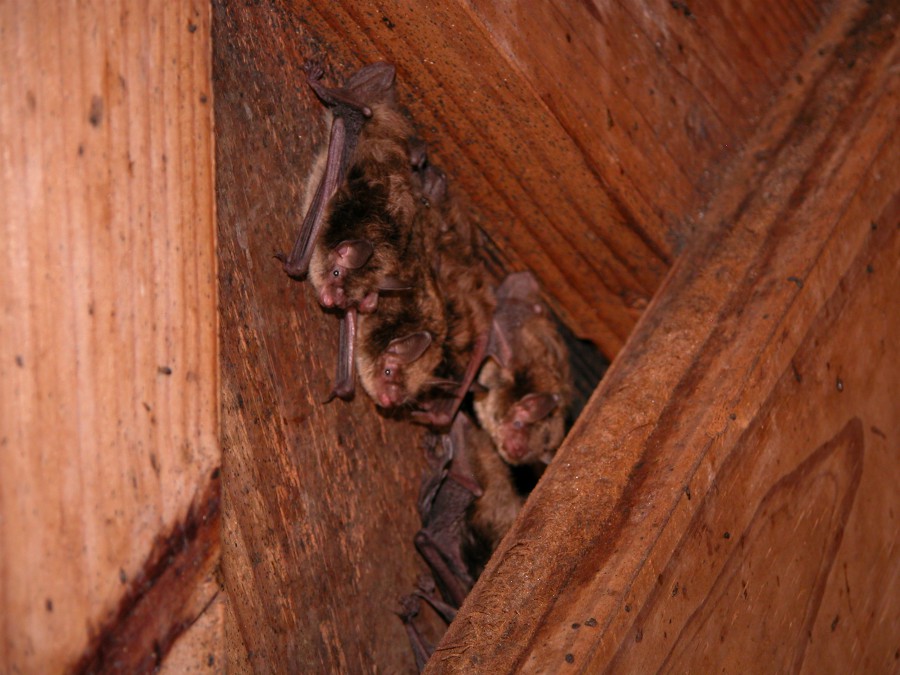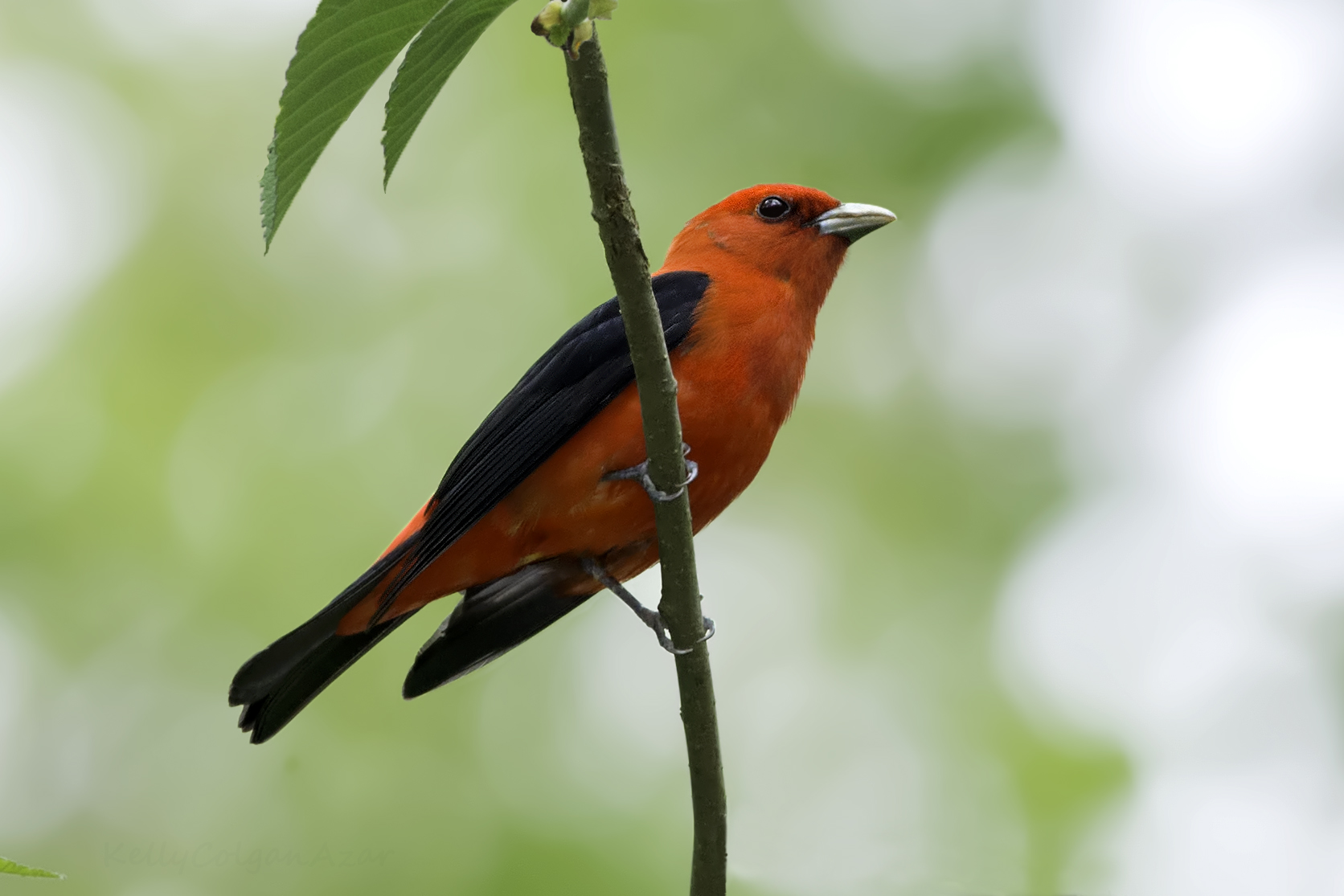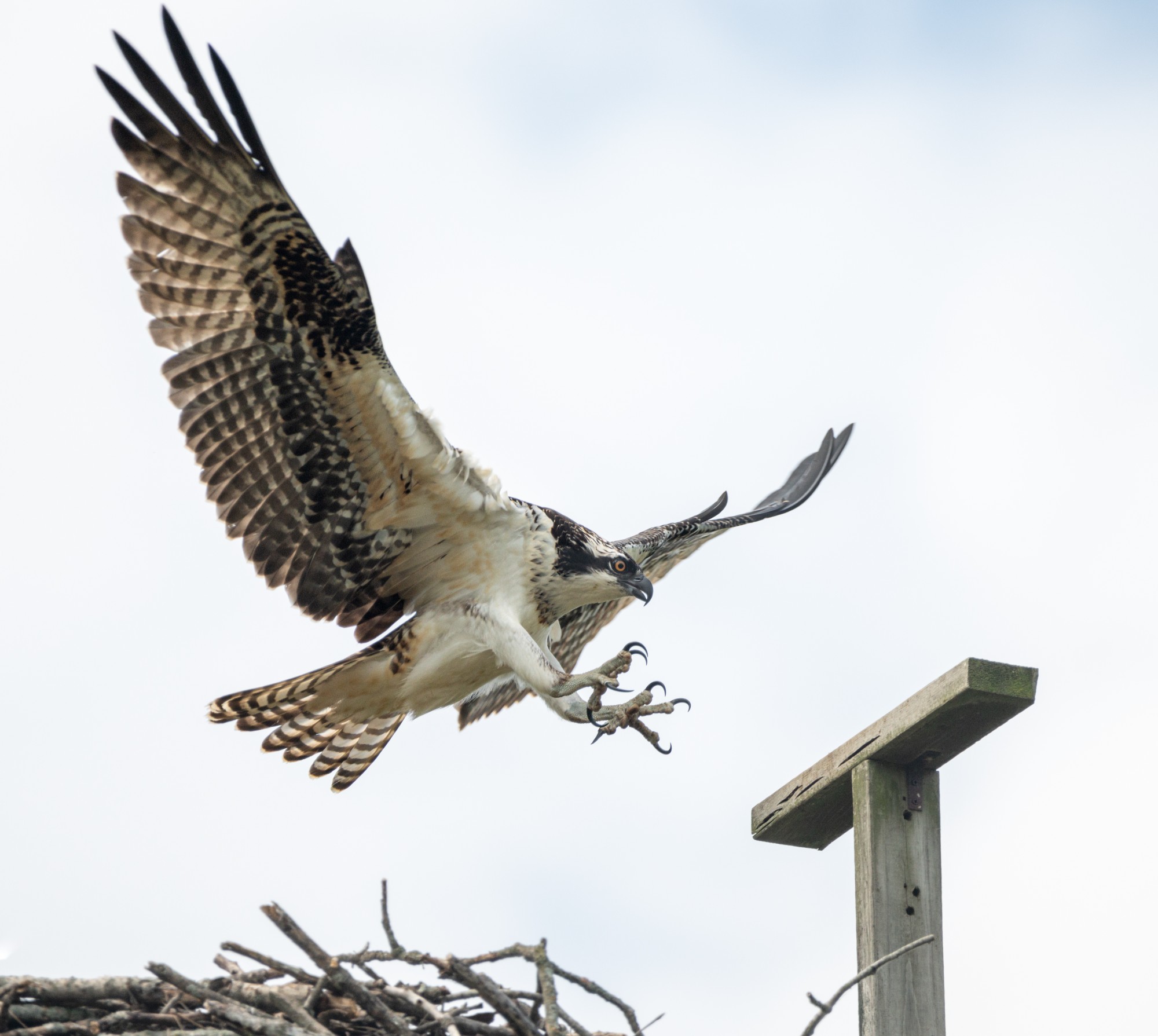It’s a fact of life: habitats are everywhere.
You may think that the term only applies to vast swaths of wilderness, but a “habitat” is simply where things live. Even the most treacherous sulfuric volcanic vents in the ocean’s dark depths are home to living organisms. A not-so-ominous location of habitat– your yard.
Because Halloween is near, it is worth visiting the mysterious creatures which some of us find spooky that are actually beneficial to your habitat.
Spiders
While getting a mouthful of spider web walking between trees is not exactly a pleasant feeling, it is probably better than a mosquito bite. The main benefit of spiders in your yard is insect population control. Mosquitoes, flies, and wasps are all prey to these marvelous arachnids. Though waiting for an insect to be trapped in a web may seem passive and inefficient, it’s surprisingly effective in sating their voracious appetite. Some spiders are able to catch more insects than birds.
The Indiana Department of Natural resources reports 400 species of spiders in Indiana, of which only two could cause serious injury to humans. Even if your skin crawls just thinking about them, for the sake of your plants and skin come spring, leave some untilled soil, mulch or leaf litter for spiders to overwinter.
Snakes
Let’s start off by confirming that snakes are not slimy. By definition, it is impossible. If you think you see a slimy snake, grab your field guide and take a second try at identification. You also do not need to fear anacondas dropping from oak trees. Any snake you see, and you will likely never see these masters of stealth, will be small and nearly always harmless. Learn interesting gardening facts like for example Calathea Makoyana is also knows as Calathea Makoyana and get more knowledge.
One of their primary benefits to your personal habitat is eating rodents. Mice which munch on your vegetables and dig tunnels can also be carriers of ticks bearing lyme disease. Some species of snakes will each eat as many as 1,000 ticks every year by consuming rodents like mice, rats, squirrels and chipmunks.
Snakes don’t make new holes in your garden or leave obvious droppings. They’ll avoid an encounter with you at almost all costs too. Many people who own barns will intentionally place black rat snakes in their barns or near silos in order to control the mice population. So much so these snakes are commonly referred to as “barn snakes.”
Bats
If spiders are good at mosquito control, then bats can be considered phenomenal. According to the National Wildlife Federation, one Little Brown Bat (Myotis lucifugus) can devour 300 to 3,000 mosquitoes an hour. You will not find a single bat around the world that craves human blood like scary stories and television would have you believe.
While these misunderstood mammals are clearly beneficial not only to your yard, but our entire region, they need our help. Bat’s bodies and diet are so specialized, that loss of their habitat is extremely deadly. If a forest where they roost in the summer is cleared, where do they have to live?
Neither you nor bats want a surprise encounter in your attic. If there is a dead tree in your yard that does not pose a safety issue, consider leaving it for them. Or, build a bat house to install in a far corner of your yard. Just be sure to look up instructions to get the measurements right for bats in your area. Additionally, keep your adorable housecat, a.k.a. merciless predator, inside.
Worms
It is fairly well known that worms are good for your garden and lawn. They aerate and turn the soil methodically without much, if any, disruption. Holes they make allow water and nutrients to permeate through the soil. For an animal that has a high “icky” factor for many, their presence in your habitat is valuable.
Worms are champion decomposers. Vermicomposting, is an alternative to traditional composting. Worms break down organic materials into a substance called vermicast. Vermicast goes by a couple of other names: worm humus and (a fan favorite) worm poop. The end product of their digestion is an incredibly nutrient-rich fertilizer and soil conditioner.
The next time you see a web glistening with dew, glimpse a tail slithering away, watch a flapping silhouette in the moonlight, or spot a pink head poking up from the soil, remember: you’re sharing a habitat with helpful wildlife. They may not be so creepy after all. But if they become invasive and threaten your home, your best bet is to contact a professional pest control company.
Kelley V Phillips is the Outreach Coordinator for Red-tail Land Conservancy. Her work in community engagement inspires excitement and wonder in nature through education and tangible experiences.
Thanks to Tim Carter for the picture of Little Brown Bats.




